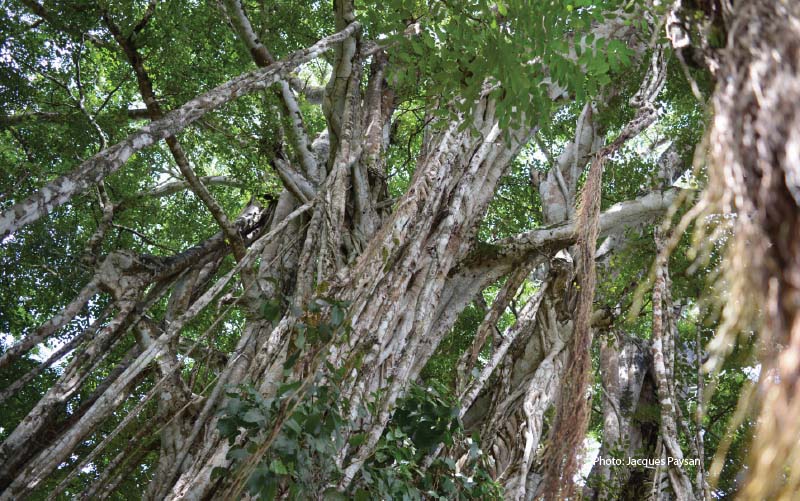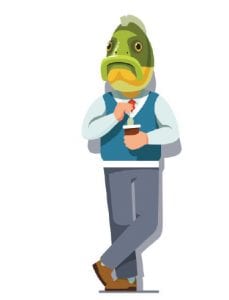
Semana Santa Superstitions
In Costa Rica, the religious and cultural significance of Semana Santa, or Holy Week, rivals and possibly supersedes that of Navidad, otherwise known as Christmas Week. There is a plethora of well-documented traditions associated with both these occasions. But in this country, Semana Santa also has a remarkable, albeit less renowned, heritage of local mythology and superstitions. Here are some examples of Semana Santa superstitions for you to enjoy.
For example, Good Friday is to be respected with prayer, especially for the three hours Jesus spent on the cross. All meals for the weekend should be prepared in advance.
Single men should remove their St. John’s medallions,
or they will stay unmarried for life.
 There also is the belief that no one should go swimming in a river on Good Friday, or you run the risk of turning into a fish. Climbing a tree on that day is also not a good idea, as you might grow a tail if you do.
There also is the belief that no one should go swimming in a river on Good Friday, or you run the risk of turning into a fish. Climbing a tree on that day is also not a good idea, as you might grow a tail if you do.
Another folkloric belief is that when Good Friday ends at midnight, the massive higueron de cabuya, an indigenous fig tree, blooms with its yellow flowers. Satan hides above in a cloud waiting for approaching victims to try picking flowers from that tree. Any crafty person who is quick enough to snatch just one blossom without being caught by the devil will most likely win the next lottery and be rich forever.
During the nationwide processions re-enacting the funeral parade of Christ’s burial, single men should remove their St. John’s medallions or they will stay unmarried for life. There are probably some bachelors who intentionally leave these medals dangling on a chain around their necks.

Benevolent thefts
Many rural towns, especially in the province of Guanacaste, continue the tradition of burning a cloth effigy of the biblical traitor Judas at midnight on Good Friday. As this ritual continues into the wee hours, local residents sneak about in the cloak of darkness, removing various articles left on the front porches of neighboring homes. From shoes and umbrellas to garden tools, nothing is safe! The pranksters place these “newly lost” possessions in the community soccer field. To recover their misplaced items, the owners must make a donation to the local Catholic church. According to tradition, the churches then use these funds for less advantaged community members, as well as for the church’s restoration and upkeep.
Holy Saturday in 1983 fell on April 2. Just before 9 p.m., an earthquake centered just off the Osa Peninsula registered a magnitude of 7.1. It toppled houses and power lines, killed one person and left more than 500 others homeless. Named “El Terremoto del Sabado Santo” (Holy Saturday Earthquake), this legendary natural disaster has been broadly regarded by Ticos as a message from God about the perils of sinful ways.
Superstitions of such a folkloric nature are generally passed on verbally from generation to generation. They can be a barometer for the personality of a society, which in the case of Semana Santa traditions, Costa Ricans are proud to share
